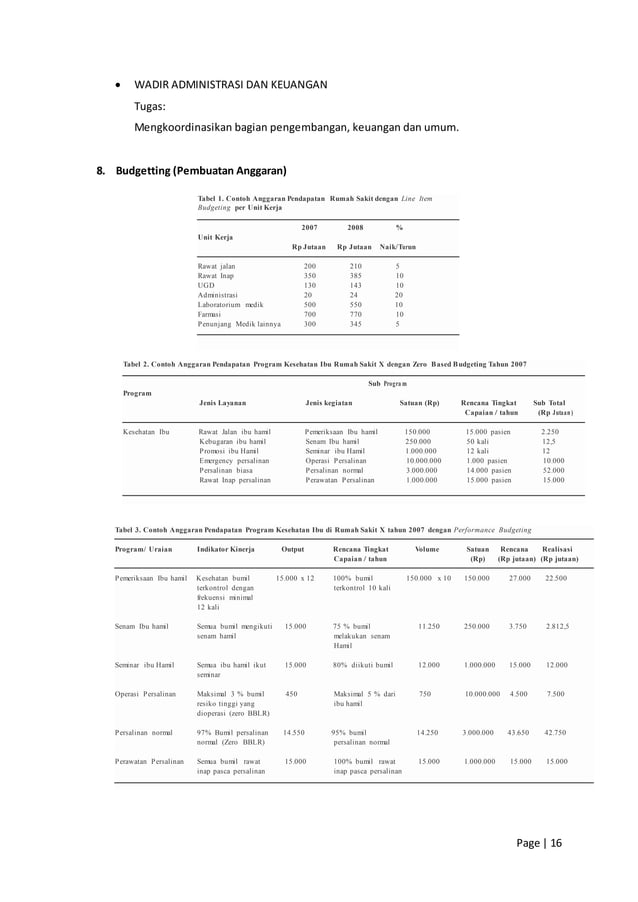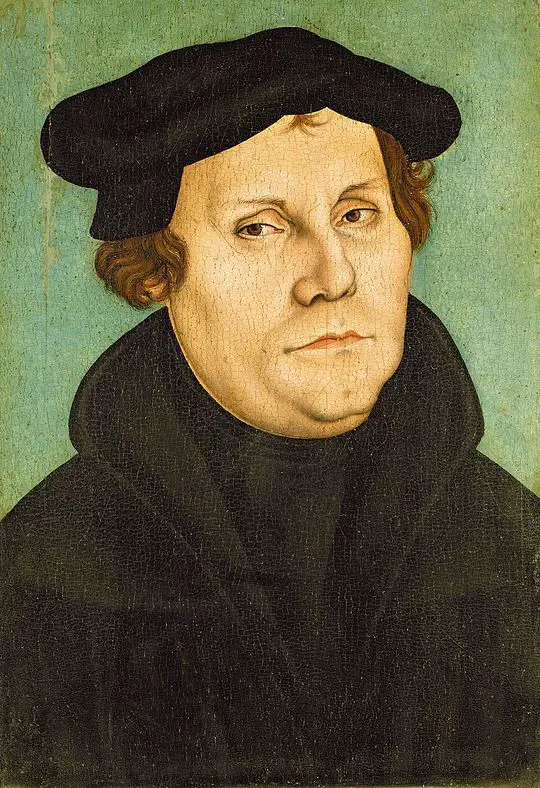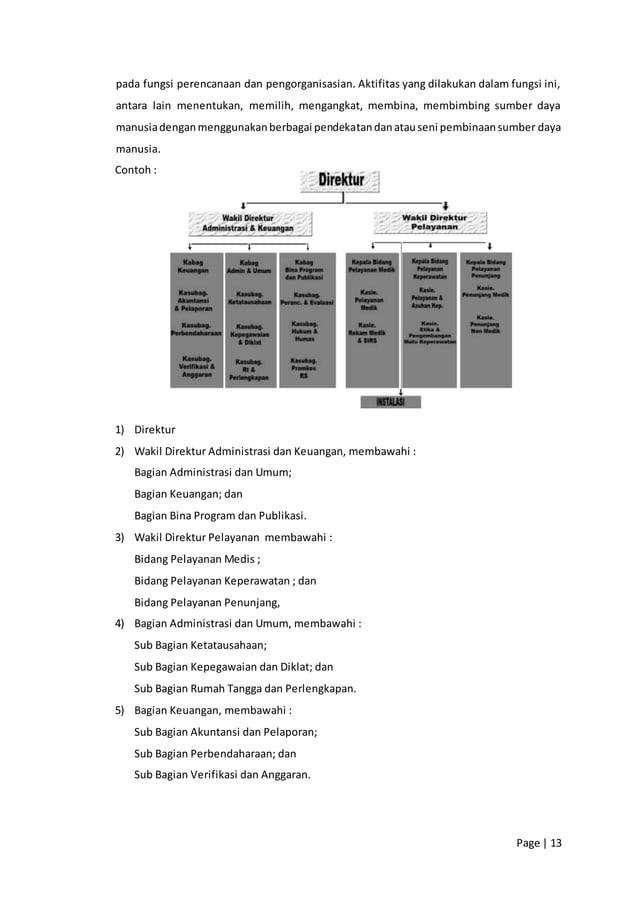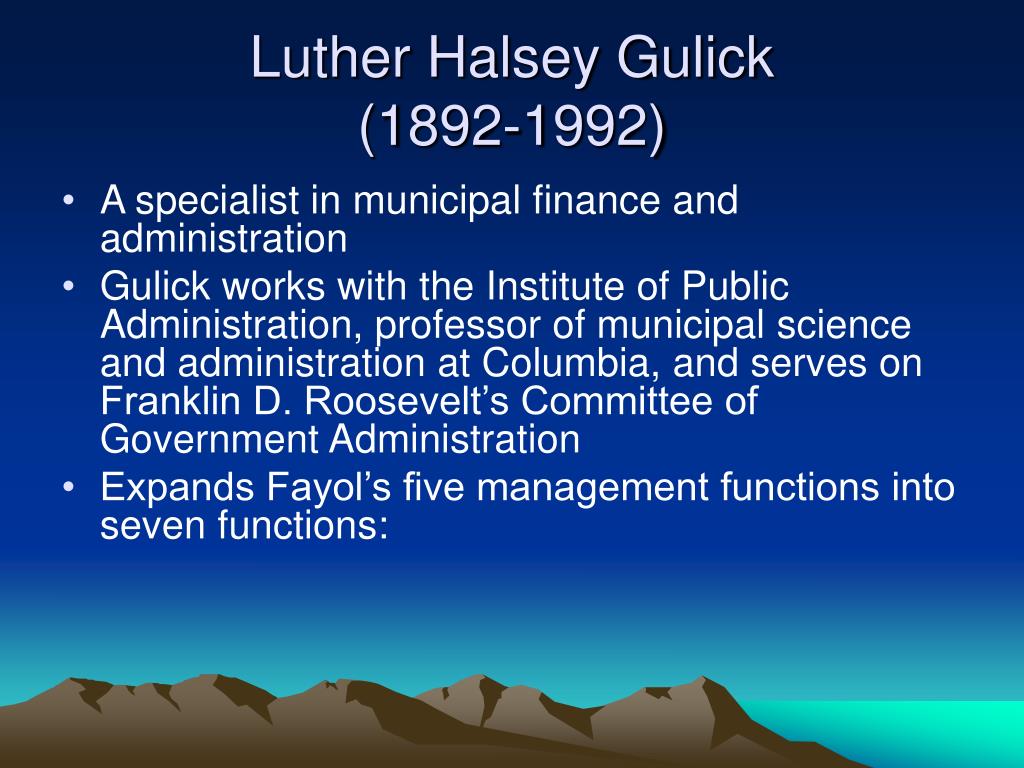Fungsi manajemen menurut luther gullick PDF

A Man Cannot Serve Two Masters Exploring Luther Gulick’s Notes on the Theory of Organization
This manuscript extends Luther Gulick's organizational patterns. Patterns are a way to integrate complex theories and practices. Yet adminis-. Judge Thomas M. Cooley, of the Interstate Commerce Commission, is an example (see John Rohr's To Run a Constitution, 1986, p. 90-

Fungsi manajemen menurut luther gullick PDF
methodological innovations in public ad-. ministration, and the relationship between. democracy and bureaucracy. E-mail: [email protected]. Luther Gulick was both an academic anda reformer. In the latter role, he thought seriously about what the. future of public administration might look like.

Classical Theory II Luther Gulick and Lyndall Urwick Part A YouTube
POSDCORB is an acronym widely used in the field of management and public administration that reflects the classic view of organizational theory. It appeared most prominently in a 1937 paper by Luther Gulick (in a set edited by himself and Lyndall Urwick).However, he first presented the concept in 1935. Initially, POSDCORB was envisioned in an effort to develop public service professionals.

How did the Reformation change Christianity?
On Friday, December 4, starting at 9 a.m., a three-part symposium will be held at NYU Wagner-The Puck Building, 295 Lafayette Street, 2nd Floor, New York, N.Y. honoring and highlighting the efforts of Luther Gulick, the work of the IPA, and their contributions to the field of public administration. The event schedule follows: 8:30 a.m.-9:00 a.m.

Luther gullickprinciple of organisation public administration YouTube
Gulick, Luther (1865 - 1918). Luther Halsey Gulick was a leader in the promotion of the social and health benefits of play and physical education during the late nineteenth and early twentieth centuries. Born in Hawaii to missionaries Luther Halsey Gulick and Louisa Lewis Gulick, Gulick spent much of his youth in mission fields in Europe and Asia.He attended Oberlin College and New York.

Luther Gullick 4Ps🔥💯📚 politicalscience like subscribe ntaugc exam
The late Luther Gulick (1892-1993), often known as the dean of U.S. public administration, left behind him an enormous and wide-ranging literary corpus, but no single systematic work. This essay presents both a personal and an intellectual portrait of Gulick. The personal portrait is accomplished primarily through Gulick's own words derived from relevant published works, autobiographical.

Public Administration for UPSC Thinkers Series Luther Gullick G Rajput UPSC Articulate
The paper by Henderson, Whitehead and Mayo discusses the findings of the Hawthorne experiments. Whilst admiring the pioneering work of Taylor, these authors criticize scientific management on the grounds that it does not study the facts of human organization. The Hawthorne experiments revealed the importance of spontaneous social organization.

Reverend Luther M. Mann UTA Libraries Digital Gallery
Luther Gulick was both an academic and a reformer. In the latter role, he thought seriously about what the future of public administration might look like.. Gulick suggests that public administration needs a governance orientation to link scholarship with the realities of practice, a recognition of the bias of structures, a stress on the.

Fungsi manajemen menurut luther gullick PDF
Luther Halsey Gulick was born January 17, 1892 in Osaka , Japan . His father was congregationalist missionary Sidney Lewis Gulick (1860-1945) and his mother was Clara May (Fisher) Gulick. Luther Gulick graduated from Oberlin College in 1914 and received his Ph.D. from Columbia University in 1920. Gulick taught at Columbia from 1931-1942.

MPe153 Story Of Observation Luther Gullick YouTube
In Luther Gulick's classic essay "Notes on the Theory of Organization," he argued that span of control structures relationships between leaders and subordinates in organizations. Commenting on the state of knowledge about span of control, Gulick lamented the lack of systematic research on what he viewed as three key determinants of span.

Public Administration(UPSC/UPPSC)Principles of LUTHER GULICK & LYDALL URWICK YouTube
Luther Halsey Gulick Jr. (1865-1918) was an American physical education instructor, international basketball official, and founder with his wife of the Camp Fire Girls, an international youth organization now known as Camp Fire. Life. Gulick was born December 4, 1865, in Honolulu, Hawaiian Islands.

LUTHER GULICK POSDCORB PDF
Ralph Blumenthal, award-winning New York Times journalist and a distinguished lecturer at Baruch College, walks us through the fascinating archives of admini.

Ode to Luther Gulick "An Adventure in Democracy"
LUTHER GULICK'S APPROACH TO ORGANIZATION I begin with an exegesis of Gulick's essay. Especially emphasized are passages suggesting he foresaw the problem which Simon later raised against the principles of administration studies. The division of labour Gulick began his essay with the assertion that the division of labour was the beginning point.

Pastor Luther M. Englund Turlock Journal
The Administrative Management Theory, also known as the Classical Theory of Organization, is developed by Luther Gulick and Lyndall Urwick. It is defined as a legal-rational way to design an organization with a formalized administrative structure, a clear division of labor, and delegation of power and authority to administrators relevant to their responsibilities.

FUNGSI MANAJEMEN MENURUT G.R.TERRY DAN LUTHER M. GULLICK
governance focus, Gulick concluded that "elected officials and politi- cal executives must recognize more clearly the constraints of law and Luther Gulick provides an excellent guide to what the future of the importance of management integrity" (1990, 603). public administration scholarship should be: it needs to build the research base of.

PPT Classical Organizational Theory PowerPoint Presentation, free download ID240256
The late Luther Gulick (1892-1993), often known as the dean of U.S. public administration, left behind him an enormous and wide-ranging literary corpus, but no single systematic work. This essay presents both a personal and an intellectual portrait of Gulick. The personal portrait is accomplished primarily through Gulick's own words derived.